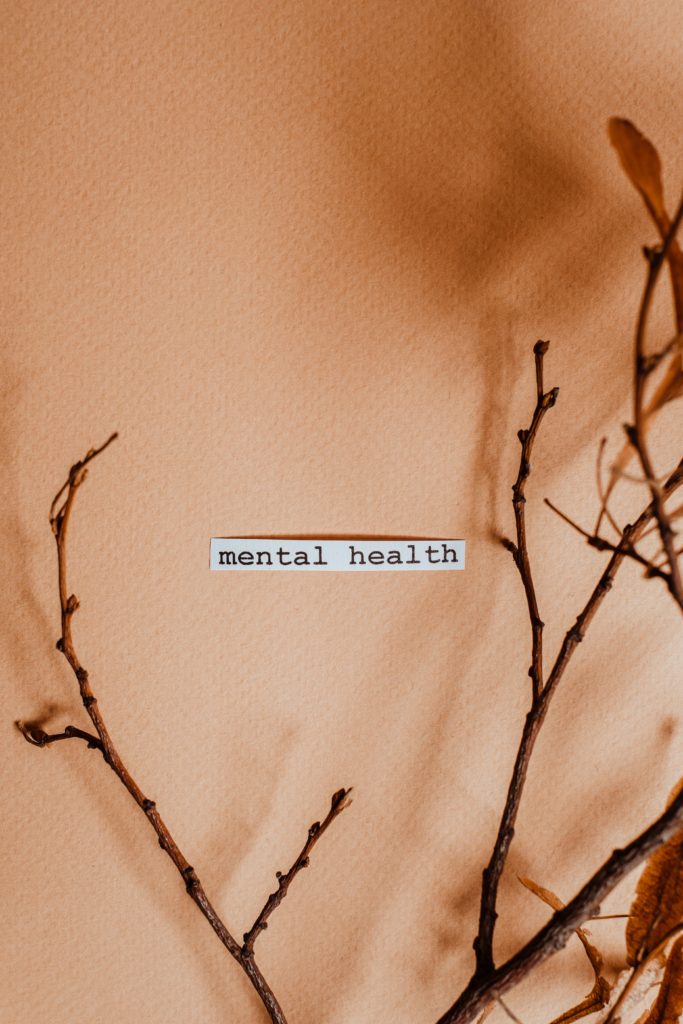As the winter months settle in with their shorter days and colder temperatures, some individuals may find themselves grappling with the winter blues, also known as seasonal affective disorder (SAD). This type of depression is often linked to the changes in sunlight exposure during the winter season. However, there are various strategies and coping mechanisms that can help individuals navigate through the challenges of winter depression and maintain their mental well-being.
- Understanding Seasonal Affective Disorder (SAD):
Seasonal affective disorder is a form of depression that occurs seasonally, typically in the fall and winter months when there is less natural sunlight. The reduced sunlight exposure can disrupt the body’s internal clock (circadian rhythm) and affect the production of certain neurotransmitters, such as serotonin and melatonin. Common symptoms of SAD include low energy, irritability, changes in sleep patterns, difficulty concentrating, and a persistent feeling of sadness. - Light Therapy:
One of the primary treatments for winter depression is light therapy, also known as phototherapy. Exposure to bright, artificial light that mimics natural sunlight can help regulate the body’s internal clock and alleviate symptoms of SAD. Light therapy boxes are available for home use and can be used for a specified amount of time each day, usually in the morning. Consult with a healthcare professional to determine the appropriate intensity and duration for your specific needs. - Stay Active and Exercise:
Physical activity has been shown to have a positive impact on mood and mental well-being. Engage in regular exercise, even if it’s just a short daily walk. Outdoor activities can provide additional benefits by exposing you to natural light. Consider trying winter sports like skiing or ice skating, or find indoor activities such as yoga or group fitness classes to stay active during the colder months. - Prioritize Sleep Hygiene:
Maintaining a consistent sleep routine is crucial for managing winter depression. Create a calming bedtime routine, avoid screen time before bed, and ensure your sleep environment is conducive to rest. If you’re experiencing sleep difficulties, consider consulting with a healthcare professional for guidance on improving your sleep hygiene. - Connect with Others:
Social connections are vital for mental health, and winter depression can often lead to isolation. Make an effort to stay connected with friends and family, even if it’s through virtual means. Attend social events, join clubs or groups with shared interests, and nurture your support system. Connecting with others can provide emotional support and help combat feelings of loneliness. - Seek Professional Help:
If winter depression symptoms persist or worsen, it’s essential to seek professional help. Mental health professionals, such as therapists or psychiatrists, can provide counseling, therapy, or medication options tailored to your specific needs. Don’t hesitate to reach out for support when needed.
Winter depression can present unique challenges, but with proactive strategies and support, individuals can effectively manage symptoms and maintain their mental well-being. By incorporating light therapy, staying active, prioritizing sleep, fostering social connections, and seeking professional help when necessary, individuals can navigate through the winter blues and emerge with a renewed sense of resilience and strength. Remember, you’re not alone, and help is available. Please call 866-903-3787
Published By Signae M.

